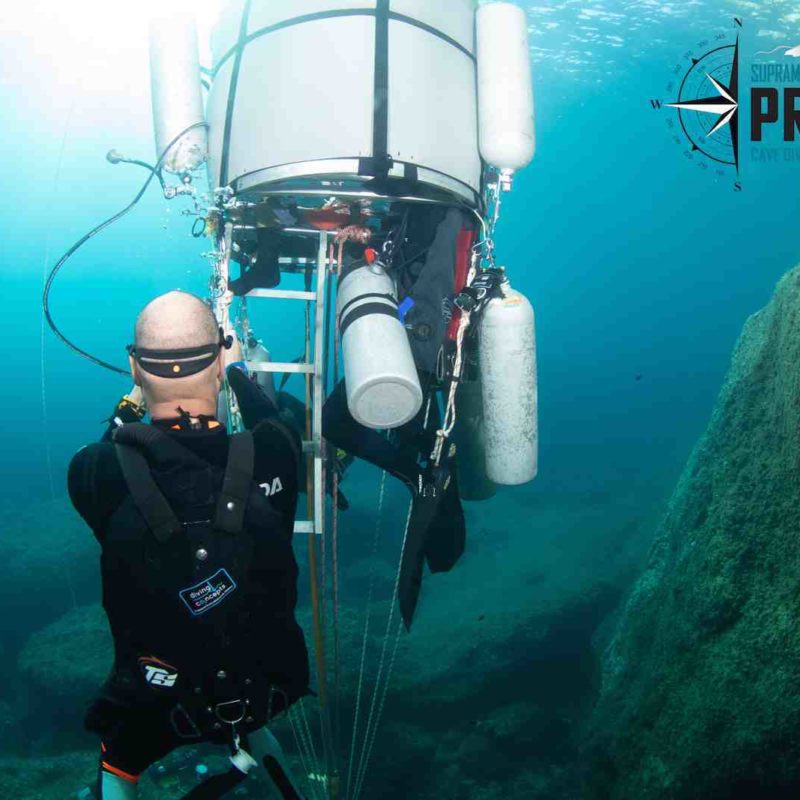diving-concepts is a diving research facility of the University Clinic Innsbruck and combines scientific and clinical research in the field of decompression physiology and diving medicine for the benefit of divers. The special feature of this research unit lies in the interdisciplinary embedding of science and medicine in diving practice. This will improve existing decompression strategies and integrate new insights into future exploration dives. The divers of Protec Sardinia contribute to this research by collecting data and conducting measurements during their dives.
Diving-concepts was founded by Dr. Frank Hartig and Dr. Andrea Köhler in 2006. Frank is a cardiologist and intensive care physician and head of the emergency department of the University Clinic Innsbruck. Besides, he is an experienced diving medicine physician and technical diver. Andrea is a molecular biochemist and the scientific leader of diving-concepts. She is a renowned scientist in the field of decompression research and is doing contract research in military and civil areas. She is also an experienced cold water technical diver. Both are forensic experts for diving accidents and diving related fatalities.
















